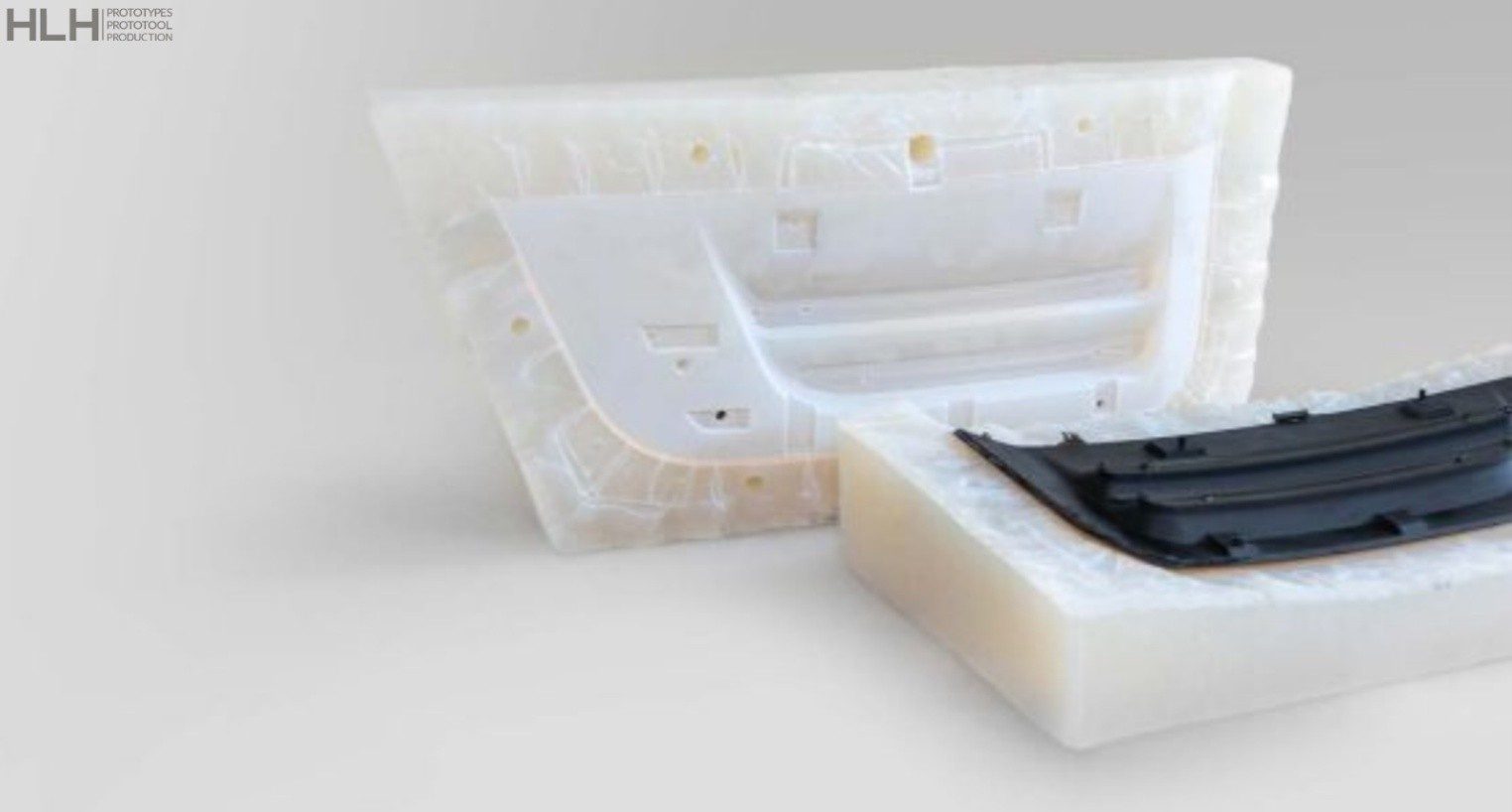What’s New in Vacuum Casting China in 2025? AI, Fast Molds & Eco-Resins Lead the Way

Vacuum casting in China has long been known for producing affordable and high-quality prototypes, and it’s about to get better in 2025. New tooling methods and better materials combined with cleaner workflows are making the process faster and greener.
AI-powered vacuum casting
Artificial intelligence has changed vacuum casting in China because it can analyze past casting cycles and optimize material usage to cut waste and monitor mold conditions in real time. AI systems also allow us to predict when machines need maintenance to reduce downtime. And because we can spot defects early, we stay ahead of problems and are able to deliver reliable urethane cast components for critical sectors such as aerospace and automotive.
Automation
Instead of relying on constant supervision, automated vacuum casting in China uses precise and repeatable motions to handle repetitive steps (like mold prep and part removal) and prevents part geometry or surface finish from drifting over time.
More material options
Innovations in resin are expanding what’s possible with vacuum casting. Today’s materials are stronger and more versatile, even closer to production-grade plastics. As such, vacuum casting in China has become more reliable in making functional prototypes and end-use products.
Today, we have high-temperature resins for automotive and aerospace parts, as well as transparent resins to make covers and lenses. Meanwhile, flexible resins allow us to make consumer electronics and wearables.
Silicone molds now take as little as one day to make and can produce 30 to 50 parts before wearing out (usually within 15 to 20 days of use). That speed, paired with a wide range of available resins, makes vacuum casting in China suitable for short-run and quick-turnaround projects.
Better surface finishing techniques
Surface quality has always been a strength of vacuum casting, but when finishing is required, you now have more advanced options like polishing and texturing. Additionally, parts can be painted or coated to improve durability and aesthetics, or add features like UV resistance. These improvements make vacuum-cast parts both visually appealing and performance-ready for any purpose.
Sustainable materials and practices
Vacuum casting supports a wide range of materials, including polyurethane resins that mimic the performance of different plastics. These resins offer the flexibility of rubber and the toughness and flame resistance of ABS.
As more industries prioritize sustainability, vacuum casting in China is keeping pace with recyclable resins and waste-conscious practices, such as reusing molds and minimizing excess material. The process also naturally supports greener production by allowing parts to be made on demand, which helps reduce overproduction and unnecessary inventory.
By adopting eco-friendly materials and practices, vacuum casting contributes to a larger shift toward more sustainable manufacturing methods.
Vacuum casting on demand
Vacuum casting is now more accessible, thanks to on-demand services. This approach eliminates the need for product designers to buy costly equipment or hire in-house experts. Instead, they can work with companies like HLH Prototypes to make prototypes and small-batch parts. This adds flexibility in your workflow while making it easy to scale production and reduce overhead costs.
At HLH Prototypes, we make the vacuum casting in China even easier with fast quoting and a free project review. We even provide expert guidance throughout. Plus, our wide selection of materials and ability to deliver high-quality parts quickly mean you get reliable results without the guesswork.
Looking for a vacuum casting specialist in China?
Whether you need functional prototypes or production-ready components, we have the expertise and resources to help. Contact us today for a free project review, call +86 755 8256 9129 for a quote, or start a chat with one of our experts here on the website.
